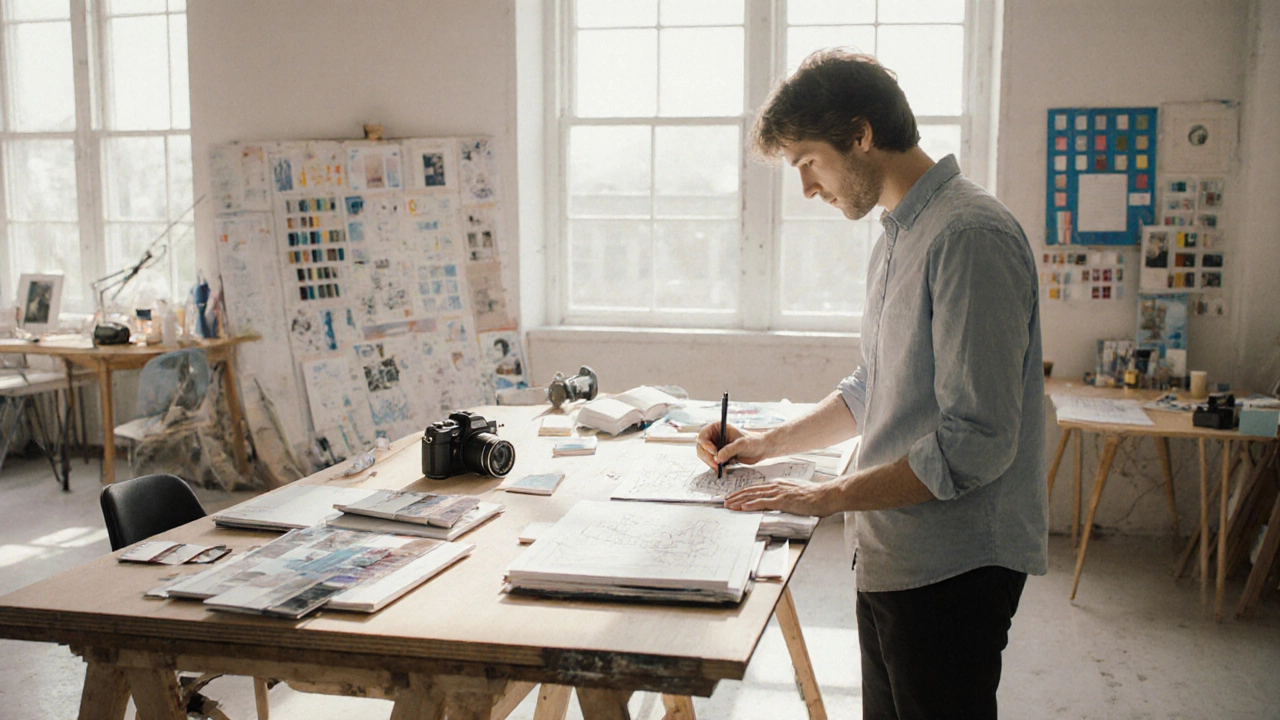Photography Portfolio: How to Build, Curate, and Share Your Best Shots
When working with photography portfolio, a curated collection of images that tells a visual story and highlights a photographer's strengths. Also known as a visual résumé, it serves as a bridge between creative vision and client expectations. A solid portfolio often includes portrait photography, focused images that capture personality and emotion and landscape photography, wide‑angle scenes that showcase composition and light mastery. Many creators now blend these with digital art, works that merge photographic elements with computer‑generated graphics to add a modern twist. The relationship is clear: a photography portfolio encompasses portrait photography, landscape photography, and digital art, while also demanding a consistent visual language. In practice, this means each image should support the overall story, whether you’re aiming for a gallery exhibition or an online client pitch.
Building a Strong Portfolio: Practical Steps
First, decide the purpose of your collection. Are you targeting corporate contracts, fine‑art galleries, or a personal brand on social media? The purpose dictates the selection criteria and the order of images. Choose a handful of standout portraits that reveal character depth, then balance them with sweeping landscapes that demonstrate mastery of light and space. Add a few digital‑art hybrids to show versatility and technical skill. Consistency is key: use the same editing style, color palette, or narrative thread across the set. Tools like Lightroom for RAW processing, Photoshop for fine‑tuning, and Canva for layout help keep the look uniform. Organize the work into sections—e.g., “People,” “Places,” “Hybrid Creations”—so viewers can navigate easily. Include brief captions that explain context, equipment, or artistic intent; this adds credibility and helps clients understand your decision‑making process. Finally, test the flow by showing the sequence to peers; they’ll spot gaps you might miss.
Once the images are selected, think about the platform. A printed book works well for high‑end gallery submissions, while a responsive website or PDF is ideal for quick client sharing. Online galleries let you embed video behind‑the‑scenes, share EXIF data, and track viewer engagement. Many photographers also create a short teaser reel for social media to drive traffic to the full portfolio. Remember, the portfolio isn’t static—it evolves as you grow. Schedule quarterly reviews, replace weaker pieces, and add new projects that reflect current trends, such as AI‑enhanced photography or sustainable photo prints. By treating your portfolio as a living document, you keep it fresh and relevant, increasing the chances of landing gigs, exhibitions, or collaborations. Below you’ll find a curated selection of articles that dive deeper into each of these topics, from pricing portrait commissions to mastering the rule of thirds in landscapes, so you can start refining your own portfolio right away.

8 Oct 2025
Discover what a fine arts photography job description entails, from key duties and essential skills to portfolio tips, gallery collaboration, and UK salary outlook.
Continue reading...
